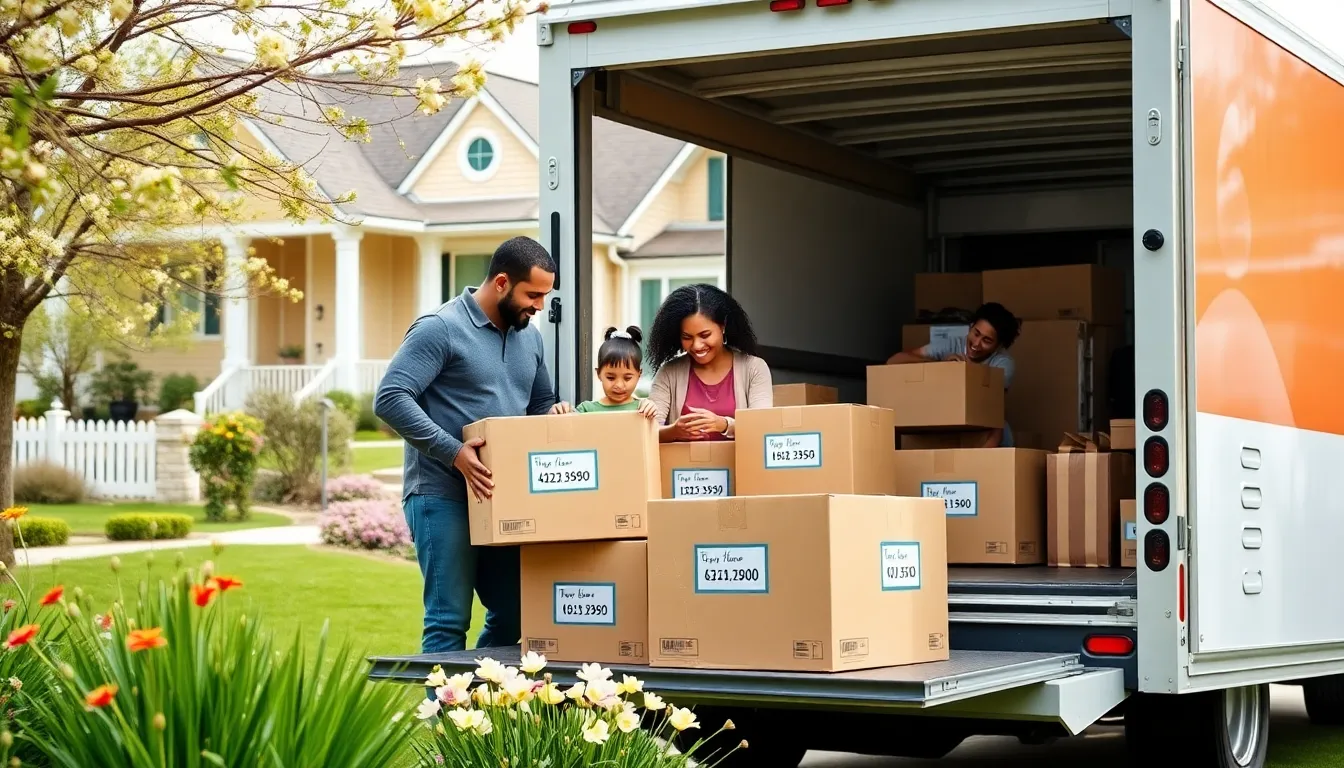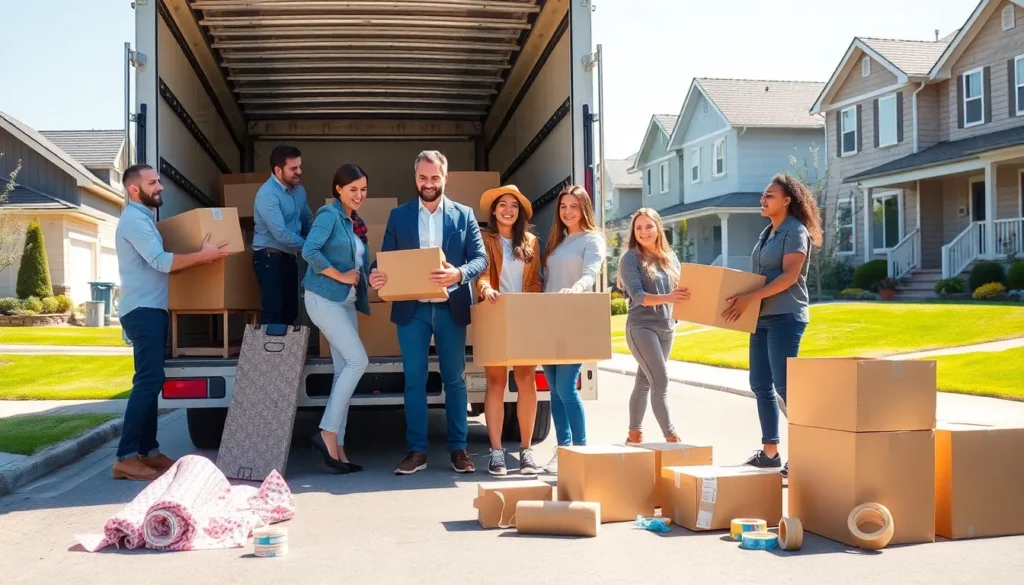Table of Contents
ToggleEver wondered why moving day seems to have its own holiday? Enter National Moving Day, an annual event that turns chaos into camaraderie. It’s that glorious time when couches and cardboard boxes become best friends for one day a year. Whether you’re embracing a new adventure or making a swift exit from an old one, there’s a lot to unpack, pun intended. Jump into the essentials of this day dedicated to all things moving, and make your next relocation a triumph instead of a tragedy.
The Origins Of National Moving Day

National Moving Day traces its roots back to the mid-19th century, coinciding with the end of the school year in the United States. Typically falling on the first Saturday in May, it quickly became a favored time for families to relocate. Back then, rural and urban American life dictated a cyclical rhythm where the end of the school calendar often prompted families to find new homes, often to accommodate growing families or changing jobs. This thoughtful timing helped avoid disruptions to children’s education. As moving needs evolved, this tradition stuck around, and now it’s a day full of logistical challenges and life changes.
Why Is National Moving Day Celebrated?
You may ask, why do we need a dedicated day for moving? The answer is simple: everyone moves at some point, whether it’s across town or across the country. National Moving Day celebrates the fresh starts and exciting journeys that come with a new address. It’s a reminder to embrace change, with all its associated messiness. The day also highlights the moving industry, bringing awareness to the various resources and companies available to lighten the load, both figuratively and literally. Plus, it’s a great excuse to get friends involved and dodge those heavy lifting responsibilities: after all, who doesn’t love free pizza?
Planning For National Moving Day
Planning is key when it comes to a successful National Moving Day. No one wants to find themselves scrambling last minute as the clock ticks down. Start with a checklist that includes all essential tasks like changing addresses, gathering supplies, and organizing utilities.
Tips For A Successful Move
- Start Early: Begin planning several weeks in advance. This eliminates last-minute surprises and helps keep stress levels down.
- Declutter: Take this opportunity to sort through belongings. Donate or toss what you no longer need. A fresh start means less baggage, both physically and emotionally.
- Create a Master Schedule: Break down tasks day by day. Set goals for packing and other preparations.
Choosing The Right Moving Company
The right moving company can turn chaos into calmness. Research is crucial. Look for companies with positive reviews, and aim to get quotes from multiple movers. Make sure to ask about their insurance policies and any hidden fees. Whether you need a full-service mover or just a truck rental, having reputable help can make National Moving Day a breeze.
Packing Strategies To Save Time
Packing can feel like a Herculean task, but clever strategies can make it manageable. It’s not just about tossing belongings into boxes haphazardly.
Frequently Overlooked Moving Considerations
One simply cannot forget the essentials. Here are a few often overlooked tips:
- Label Boxes Clearly: A little clarity goes a long way. Label every box with its contents and the room it belongs to. This will save you time and frustration during unpacking.
- Use Smart Packing Materials: Invest in good boxes and packing tape. Also, consider using linens and clothing to wrap fragile items. Dual-functioning materials save space and effort.
The Environmental Impact Of Moving
Every move has a carbon footprint. From the fuel used by moving trucks to the waste produced from packing materials, it’s essential to consider the environmental impact.
Preparing For Post-Move Life
After the moving truck drives away, the adventure truly begins. Making your new space feel like home should also be done with the environment in mind. Use sustainable products for cleaning, and consider recycling or composting any packing materials. Small changes can lead to substantial positive impacts on our planet.




